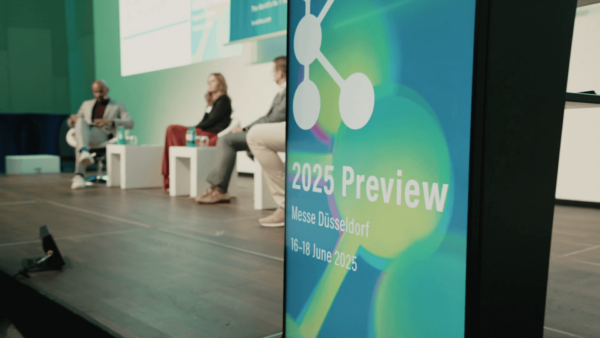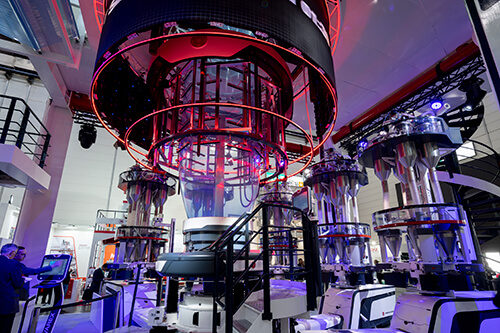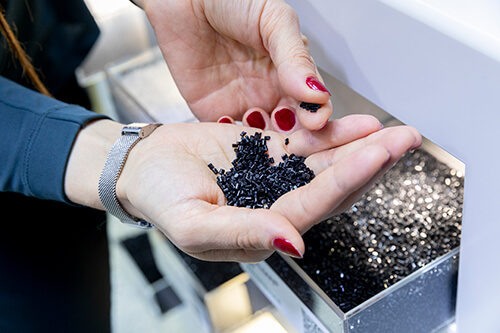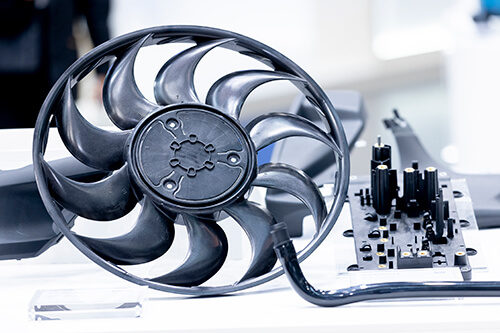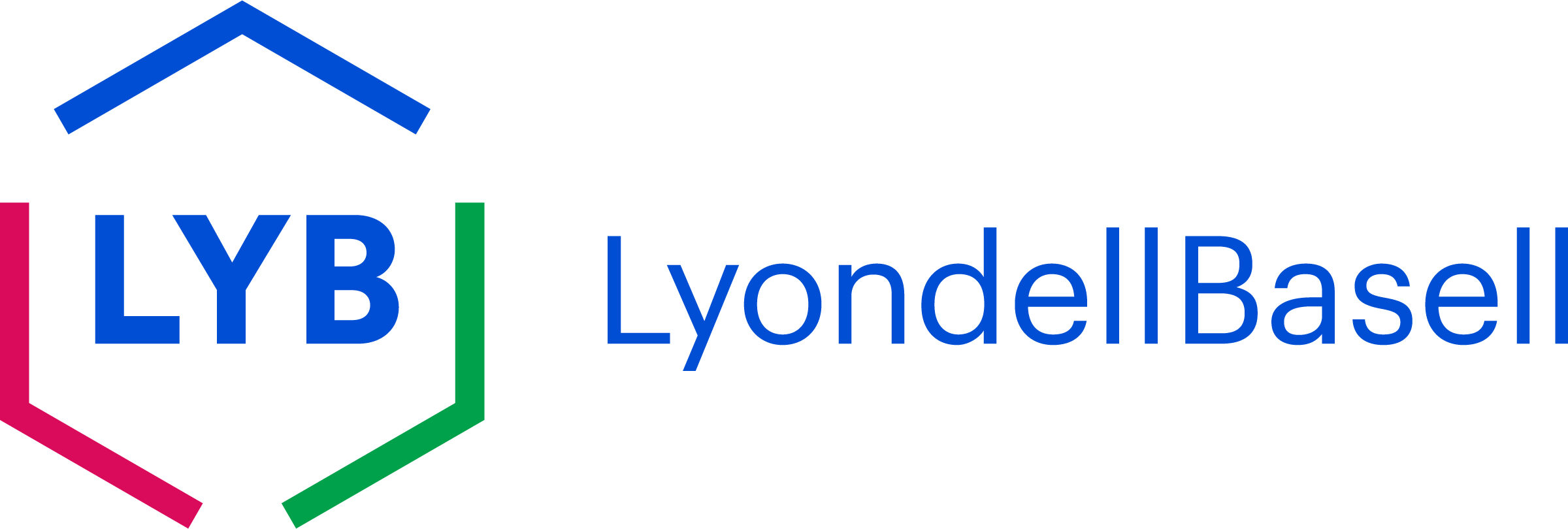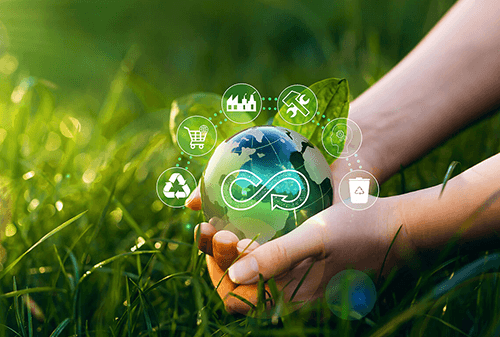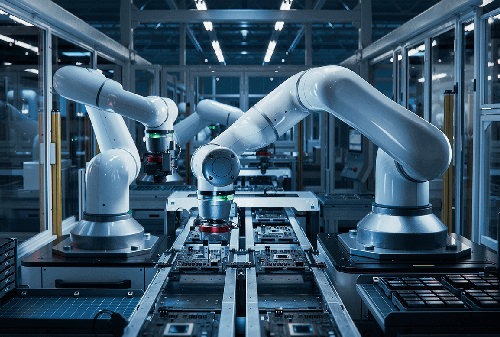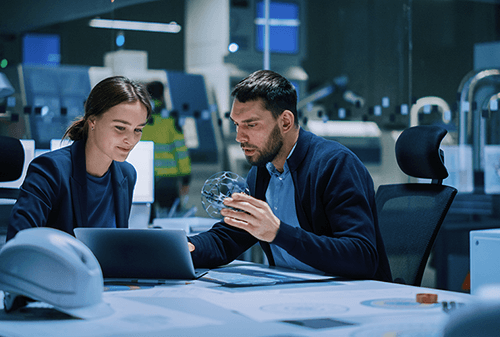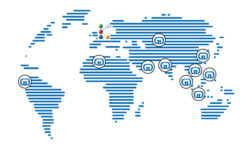K - The international trade fair for innovations in the plastics and rubber industry
Find exhibitors and products
Product categories of K 2025
K Newsticker – Updates around K 2025
The Event Partner of K 2025
Hot Topics of K 2025
The Power of Plastics! Green - Smart - Responsible
Latest articles
SEE YOU IN
days
hours
minutes
seconds
The countdown to the future of the industry is on
Impressions and insights of K 2022
K 2022 - Trade fair meets highest expectations


